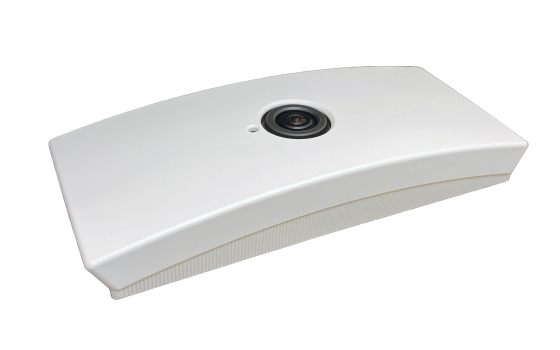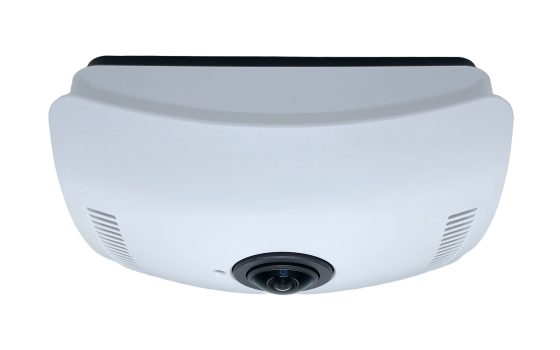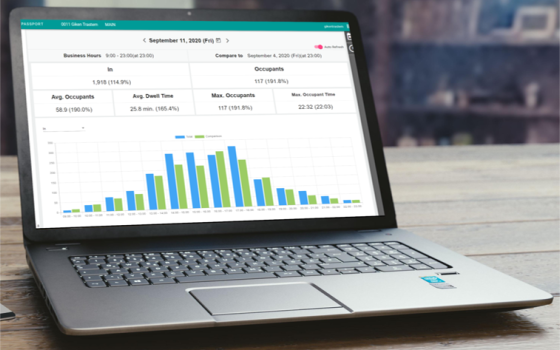CASE STUDY
How to Calculate Retail Conversion Rate
How to Calculate Conversion Rates
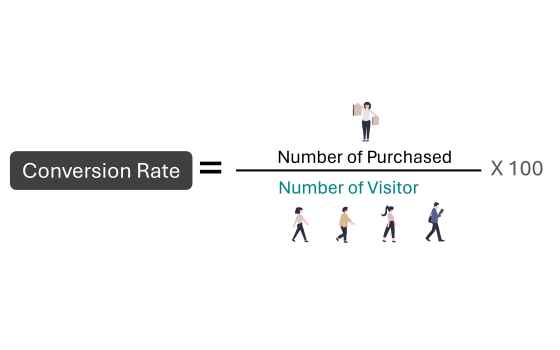
It’s the clearest signal of how effectively your brick and mortar store turns foot traffic into sales.
To calculate it, divide the number of purchases by the number of visitors and multiply by 100.
The formula is
Conversion Rate (%)
= (number of purchases/number of visitors)×100
For example, if your store had 5,000 visitors in a month and 500 of them made a purchase, your Conversion Rate would be 10%.
Conversion Rate
= (500/5,000)×100 = 10%
What does “conversion rate in retail” mean?
Conversion Rate is a key performance indicator (KPI)

In physical retail, conversion rate measures the share of store visitors who complete a purchase.
Accurately tracking it requires reliable people counting at the entrance (visitors) and POS data at the checkout (purchases).
When these are linked, you get an objective view that sales alone can’t provide, especially on days with high traffic but low sales.
Conversion Rate is a key performance indicator (KPI) that measures your store's effectiveness at converting visitors into paying customers.
A highly accurate visitor counting solution is essential for accurate Conversion Rate calculations.
Why Conversion Rates Matter to Retail Store
Understanding conversion rate is important for several reasons
- Assess store performance:
See how well your store converts prospects into buyers, beyond sales totals that can be skewed by promotions or weather.
- Identify root causes:
A low store conversion rate can indicate challenges in assortment, merchandising, store layout, or customer service.
- Measure marketing effectiveness:
Track the impact of campaigns and in-store promotions by monitoring changes in conversion.
Retail revenue model
This simple identity explains why raising conversion—even without more traffic—can lift revenue.
Analyzing conversion rates
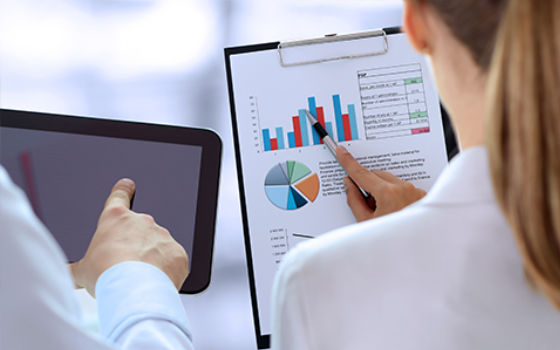
- Trend analysis:
- Benchmarking across stores:
- Find missed opportunities:
How to improve conversion rate in retail stores
- Merchandising & promotions
Use POP and visual merchandising (VMD) to encourage both planned and impulse purchases.
- Store layout
- Staff training & service
Friendly, informed assistance and a welcoming atmosphere drive purchase decisions and repeat visits.
- In-store digital
Track your conversion rate over time to identify root problems.
・Are there times of the year when your conversion rate is higher or lower?
・How does your conversion rate compare during sales and promotions?
Even if you achieve a high conversion rate during a sales period, if the average transaction value per customer drops, overall sales will drop, so you need to carefully track and analyze conversion rate over time.
This approach allows store managers to identify potential problems that are not apparent from sales data alone.
How to calculate conversion rate in retail (step by step)
- Count visitors at the entrance with a high accuracy people counting solution.
- Count purchases from POS (unique purchasing customers).
- Apply the formula above for your chosen period (hour/day/week).
- Compare by segment (store, daypart, campaign, category) to find patterns and opportunities.
Example: If 5,000 visitors came this month and 500 made a purchase, your store conversion rate is 10% (500 ÷ 5,000 × 100).
Leverage data & analytics
- People counting + POS:
- Understand store characteristics:
- Extend beyond conversion:
Related metrics you should monitor
-

Dwell Time
Explores the importance of dwell time, its impact on retail performance.
-
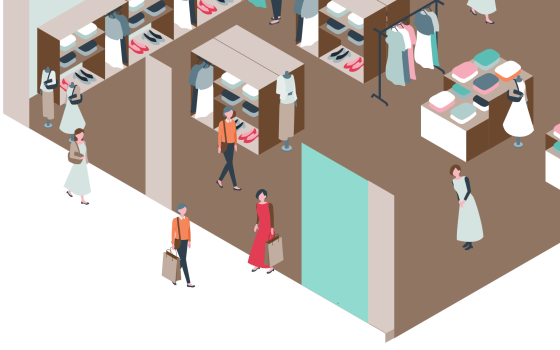
Walk-In Rate
Walk-In Rate provides valuable insight into the store's location power and the effectiveness of its visual merchandising and displays.
-
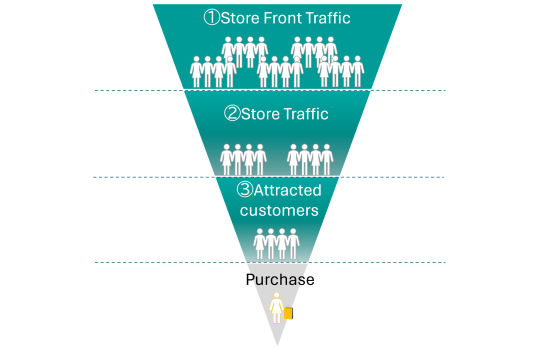
Bounce Rates
One of the key actionable insights is bounce rate, which measures the percentage of visitors who enter the store but leave without further engagement.
FAQs
-
- What is retail conversion rate?
-
It’s the percentage of in-store visitors who complete purchases divided by visitors, multiplied by 100.
-
- How do you calculate conversion rate in retail?
-
Count visitors with a people counting system, collect purchases from POS, and apply the formula. Segment results by store, time, and campaign.
-
- What is a good conversion rate for retail stores?
-
It varies by category, ticket size, and store concept. Benchmark against your own history and similar stores, then aim for continuous improvement.
-
- How can we increase conversion rate in retail stores?
-
Optimize merchandising and layout, strengthen staff engagement, and support decisions with in-store digital. Track results with people counting + POS.
-
- How is conversion rate different from RPV?
-
Conversion shows how many visitors buy; RPV shows how much revenue each visitor generates—capturing both conversion and spending power. Use them together.
The Bottom Line
By leveraging data, optimizing store layout and staffing, improving the customer experience, and implementing effective marketing strategies, you can significantly increase your Conversion Rates.
Start by calculating your current Conversion Rate, analyze the data, and implement the strategies discussed in this article to see measurable improvements in your retail performance.
You May Be Also Interested in
-

How to Calculate Retail Conversion Rate
One of the most important metrics is the Conversion Rate, which indicates the percentage of visitors to your store who make a purchase.
-
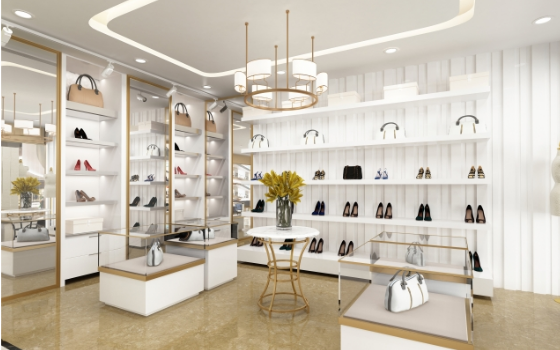
Unlock Higher Sales with an Optimize Retail Store Layout
The store layout plays a critical role in the overall shopping experience and has a direct impact on your sales.
-
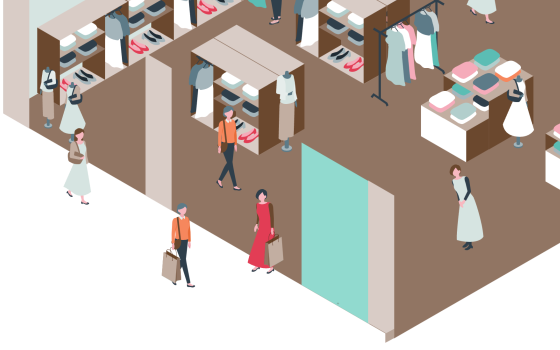
How Walk-In Rate Drive Retail Success
Walk-In Rate provides valuable insight into the store's location power and the effectiveness of its visual merchandising and displays.
-

Identifying Peak Shopping Times
Understanding when your store experiences peak shopping times is essential to optimizing operations and maximizing sales.
-
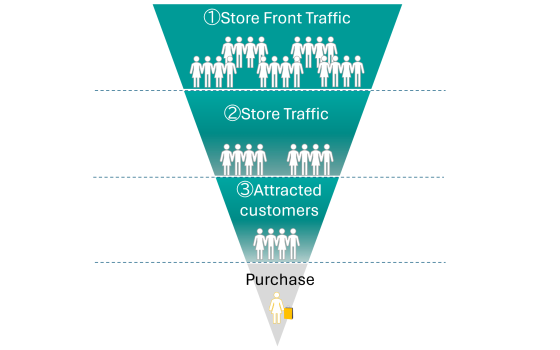
Key Actionable Insight for In-store Marketing Analytics
One of the key actionable insights is bounce rate, which measures the percentage of visitors who enter the store but leave without further engagement.
-

Secret of Dwell Time in Retail
Explores the importance of dwell time, its impact on retail performance.
-

From Foot Traffic to Revenue in Retail
Improve store performance and increasing profitability by analyzing Revenue Per Visitor (RPV).
-

POS Data Analytics Misses Key Insights
Imagine customer insights as an iceberg. Explore how integrating people counting systems can help retailers see the whole iceberg, giving them a fuller picture of customer behavior.
-
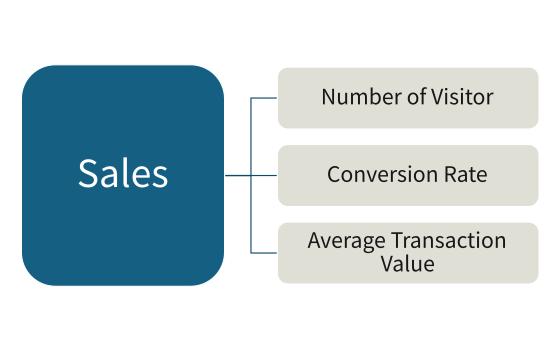
3 KPIs That Will Transform Your Retail Sales Strategy
3 KPIs (Number of Visitors, Conversion Rate, and Average Transaction Value) each playing a crucial role in propelling your business forward.
-
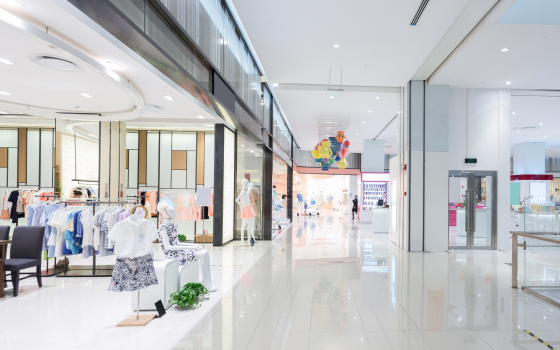
Maximizing Brick-and-Mortar Retail Success with People Counting Technology
Imagine being able to optimize your store performance, increase sales, and improve your customers' shopping experience with simple technology solution.
Contact us today to learn how our advanced people counting solutions can transform your business.
